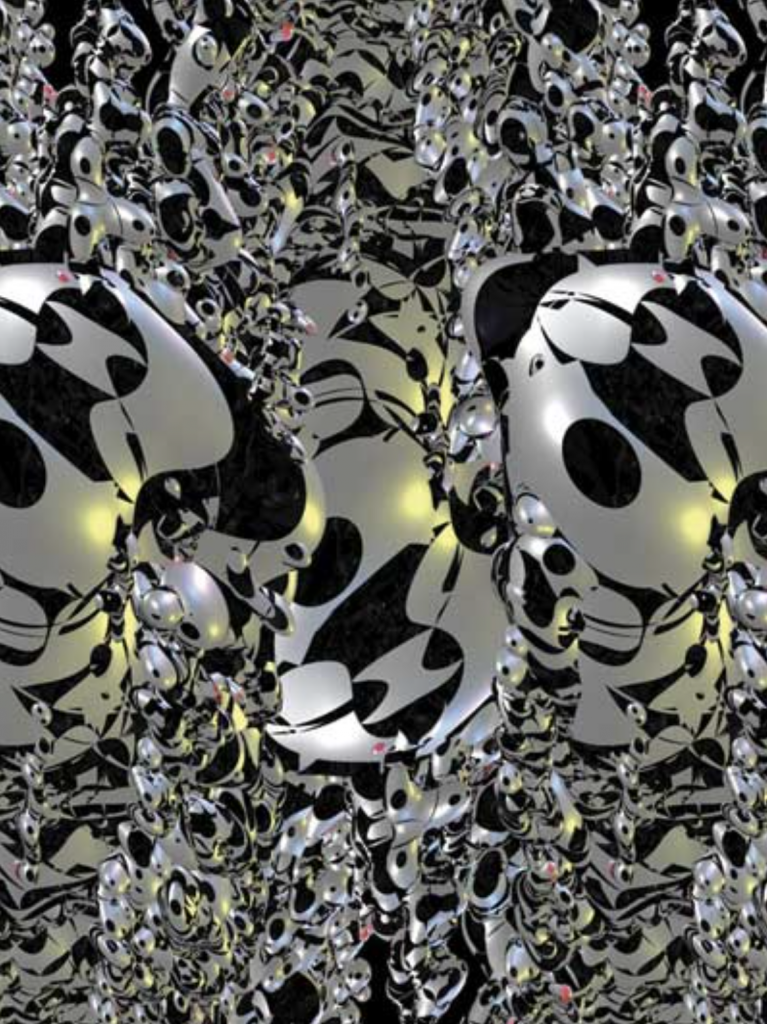
Tentacle Tower by Yoichiro Kawaguchi is a mixed-reality work that uses 3D imaging to bring movement and create space. Created in 2005, Kawaguchi used a Lenticular 30 Picture Light Box to create this. The viewer is encouraged to look at this work and interpret the space only using their eyes, and the result is that they experience movement that has rhythm stimulated by stereoscopic CG visuals. What I admire about this work is how the artist incorporated color as well as scale of the different shapes in the art that created this suggestion of 3D space in a 2D surface. I think this is interesting because mimicking 3D form on a 2D space using these techniques holds a lot of thinking and skill to master. This makes me wonder how 3D form is visualized and what are the requirements that need to be met so that the viewer can understand the work as 3D.
![[OLD FALL 2020] 15-104 • Introduction to Computing for Creative Practice](https://courses.ideate.cmu.edu/15-104/f2020/wp-content/uploads/2021/09/stop-banner.png)

